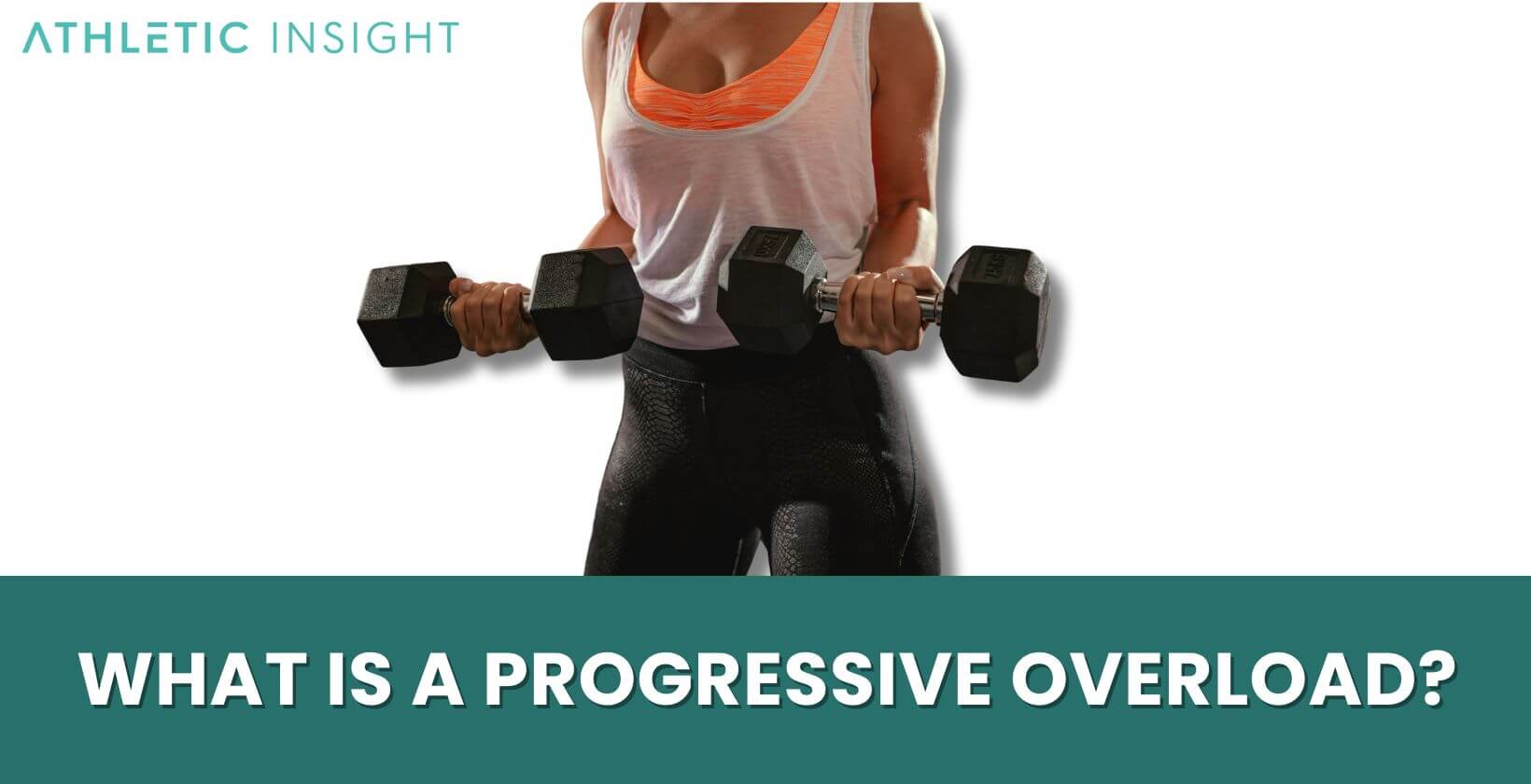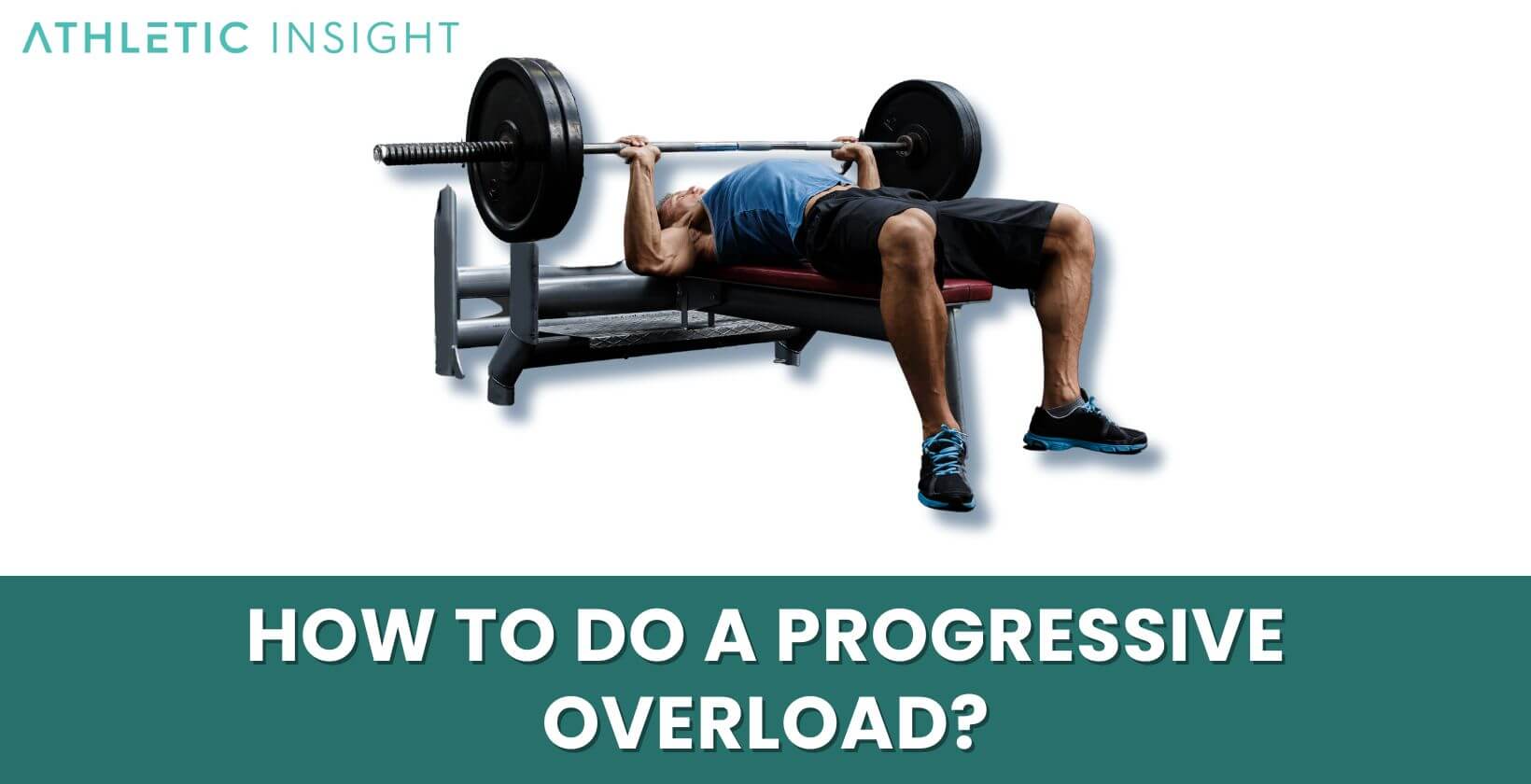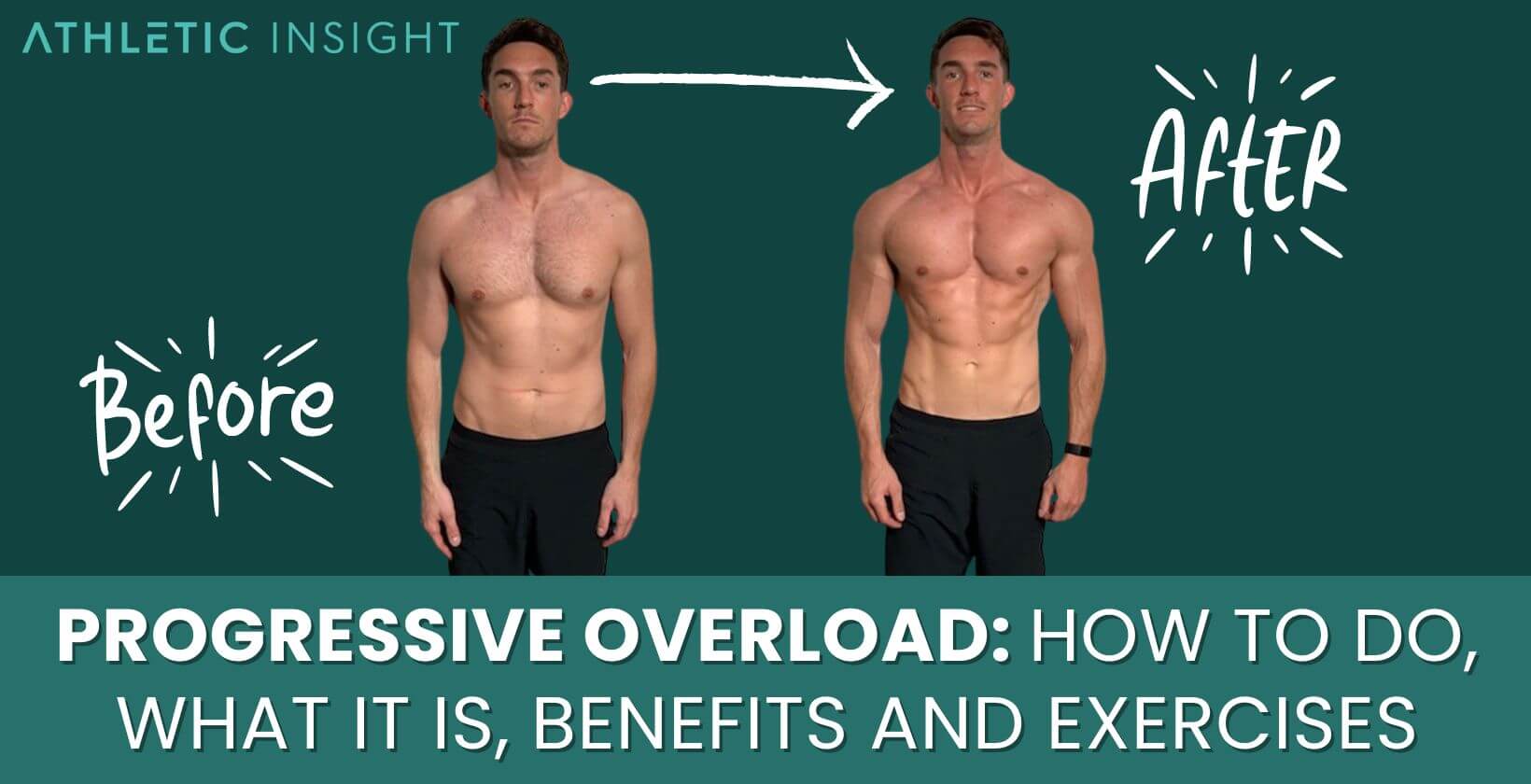Imagine hitting a plateau in your fitness journey, feeling stuck, and unsure how to push your limits. That’s where the progressive overload comes in, your secret weapon to revealing new levels of strength, endurance and hypertrophy. This principle isn’t just a health buzzword; it’s a scientifically backed strategy that can catapult your fitness goals from stagnant to exceeding expectations.
A progressive overload involves gradually increasing the stress on your muscles over time, ensuring continuous growth and adaptation. Whether you’re a seasoned athlete or just starting out, understanding how to effectively carry out this technique can transform your workouts and results. This article will cover how to safely and effectively challenge your body, ensuring you’re not just working hard, but also working smart.
What is a Progressive Overload?
A progressive overload refers to the technique of gradually increasing the volume, intensity, or frequency of your workouts to stimulate muscle growth and strength enhancement. It hinges on the principle that muscles need to experience a level of stress beyond what they’re accustomed to, compelling them to adapt by becoming stronger or more efficient. This method serves as a cornerstone for effective training programs, ensuring continuous progress without plateauing.

Key strategies for implementing progressive overload include adding weight to exercises, increasing the number of repetitions or sets, enhancing the intensity by reducing rest periods, or varying the exercises to target muscles differently. By adopting these strategies, you engage in a systematic approach to challenge your body, fostering improvements in performance, endurance, and muscle size. Maintaining a progressive overload is essential for anyone aiming to achieve long-term fitness goals, supporting the body’s adaptive response to exercise.
What Muscles Should You Target for Progressive Overload?
Understanding which muscles to target for progressive overload depends on your fitness goals. If your aim includes enhancing overall strength and size, focus on compound movements. These exercises engage multiple muscle groups simultaneously and should form the core of your progressive overload strategy.
- Chest: Pressing exercises like bench press and push-ups.
- Back: Pulling exercises, such as rows and pull-ups.
- Legs: Squat variations, deadlifts, and lunges work the entire lower body.
- Shoulders: Overhead presses and lateral raises target shoulder development.
- Arms: Dumbbell bicep curls and dumbbell tricep extensions for arm growth.
Each muscle group benefits from progressive overload, but it’s crucial to balance your approach. Avoid overemphasizing a single area, which might lead to imbalances and injuries. Instead, strive for harmonious development across all major muscle groups to build a strong, resilient, and proportionate physique.
How to do a Progressive Overload?
Achieving progressive overload involves intricate planning and execution in your fitness regimen. How you do the overloading can depend on your goal and the type of workout.

Start by identifying your baseline; this refers to the current weights, reps, and sets you comfortably manage. Incremental increases are key. For weights, consider adding 2-5% more to your current load every 1-2 weeks. If focusing on repetitions, aim to add 1-2 reps to your sets until you can perform 2-3 more than your baseline before increasing weight. Adjusting sets involves adding an additional set to your exercises, moving from 3 sets to 4, for instance, to intensify the workload.
Varying your exercise selection is another tactic. Incorporate new movements that target the same muscle groups to prevent plateauing. This can include switching from a barbell squat to a leg press. Finally, modifying rest periods by reducing them can significantly enhance intensity, forcing your muscles to adapt more rapidly.
By adhering to these strategies, you’ll ensure continuous progress and prevent stagnation in your workout routine.
What are the Common Mistakes of the Progressive Overload?
In attempting the progressive overload, it’s crucial to evade common pitfalls that could hinder progress. First, increasing weights too rapidly often leads to injury or burnout, compromising your fitness goals. Second, neglecting the importance of rest and recovery undermines muscle growth, as muscles need time to heal and strengthen. Third, inconsistency in applying progressive overload—either by not tracking progress or by sporadically increasing the intensity—results in erratic gains and potential setbacks.
Also, overlooking the significance of proper nutrition can impede muscle repair and growth, vital components of benefiting from progressive overload. Finally, failing to adjust workout plans according to individual capacity and goals causes stagnation, making it imperative to tailor progressive overload to one’s unique fitness journey.
What are the Benefits of the Progressive Overload?
Incorporating progressive overload into your fitness routine offers numerous benefits, crucial for achieving your fitness goals.

- Enhanced Muscle Strength: By consistently increasing the demands on your muscles, progressive overload fosters muscle growth, making you stronger over time.
- Improved Endurance: It’s not just strength that benefits; your endurance also sees significant improvements as your body adapts to handling more extended periods of stress.
- Increased Muscle Mass: For those looking to bulk up, progressive overload stimulates hypertrophy, or muscle growth, by challenging the muscles to grow to meet increased demands.
- Better Bone Health: This technique also contributes to stronger bones. Regularly applying stress to your bones increases bone density, reducing your risk of osteoporosis.
- Optimized Performance: As you progress, you’ll notice improvements in your overall fitness performance, whether lifting heavier weights or achieving more repetitions, setting you on a path to surpassing your prior limits.
By escalating the intensity, volume, or frequency of your workouts gradually, you’ll unlock these benefits, laying a solid foundation for continuous improvement and success in your fitness journey.
What are the Risks of Progressive Overloads?
Engaging in progressive overload, you significantly enhance your fitness levels. However, it’s crucial to understand the associated risks to manage them effectively. These risks include injury, overtraining syndrome, muscle imbalance, and plateaus.
- Injury Risk: Elevating intensity or volume too quickly can strain muscles and joints, leading to injuries such as sprains, strains, or even stress fractures.
- Overtraining Syndrome: Without adequate rest, increasing workout demands can result in overtraining syndrome, characterized by fatigue, decreased performance, and mood swings.
- Muscle Imbalance: Focusing too intensely on certain muscles without equal attention to opposing muscle groups can create imbalances, affecting posture and leading to potential injuries.
- Plateaus: Incorrectly applying progressive overload might lead to plateaus, where progress stagnates due to the body’s adaptation to consistent stress levels.
Minimizing these risks involves listening to your body, scheduling rest days, and ensuring a well-rounded approach to fitness training.
What are the Variations of Progressive Overloads?
Exploring the variations of progressive overloads uncovers a vital aspect of enhancing your fitness journey effectively. As you advance, you’ll encounter diverse strategies beyond just adding weights.
- Increasing Repetitions: Augmenting the number of repetitions within your sets can elevate muscle endurance, providing an alternative path to muscle growth when lifting heavier isn’t an option.
- Adjusting Sets: Adding more sets to your exercise regimen intensifies the workout volume, crafting a challenging environment for muscle adaptation.
- Enhancing Intensity: This involves altering the exercise’s difficulty level, possibly through tempo modifications or reduced rest intervals, thereby increasing the heart rate and energy expenditure.
- Elevating Frequency: Incorporating more workout sessions per week targets muscle recovery and growth from different angles, promoting endurance alongside strength.
- Varied Exercises: Introducing new exercises or variations stimulates different muscle groups, preventing plateaus and enhancing overall physical development.
Each variation offers a tailored approach to progressive overload, ensuring you can adapt your regimen to meet specific fitness goals and constraints, fostering continual growth and improvement.
What are the Alternatives to a Progressive Overload?
Exploring fitness beyond progressive overload reveals diverse strategies suited for enhancing physical strength and endurance without solely depending on weight increments. These alternatives accommodate varying fitness levels and goals.
- Isometric Exercises: Involving static muscle contractions, these isometric exercises, such as planks or wall sits, enhance muscular endurance and strength without movement, offering a low-risk approach to muscle training.
- Plyometrics: Characterized by explosive movements like jump squats, plyometrics improve power, agility, and speed, targeting fast-twitch muscle fibers crucial for high-intensity bursts.
- Circuit Training: Merging endurance and strength training, circuit training involves moving quickly between different exercises with minimal rest. It boosts cardiovascular fitness and muscular endurance, making workouts efficient.
- High-Intensity Interval Training (HIIT): Alternating between high-intensity exercise bursts and recovery periods, HIIT sessions increase metabolic rate and fat burning, optimizing fitness outcomes in shorter durations.
Each alternative presents a unique pathway to fitness advancement, ensuring individuals can tailor their exercise routines to match personal preferences and constraints, avoiding the monotony or risks associated with progressive overload.
Key Takeaways
- Progressive overload is a fundamental principle in fitness that involves gradually increasing the volume, intensity, or frequency of workouts to foster continuous muscle growth and strength enhancement.
- Key strategies for implementing progressive overload include adding weight, increasing repetitions or sets, enhancing intensity by reducing rest periods, or varying exercises to prevent plateauing and stimulate continuous adaptation.
- It’s essential to balance your approach to progressive overload by targeting all major muscle groups through compound movements, ensuring harmonious physical development and reducing the risk of imbalances and injuries.
- Common mistakes to avoid include increasing weights too rapidly, neglecting rest and recovery, being inconsistent with progressive overload application, overlooking proper nutrition, and not tailoring workout plans to individual capacities and goals.
- Progressive overload offers numerous benefits, including enhanced muscle strength, improved endurance, increased muscle mass, better bone health, and optimized overall fitness performance, laying a solid foundation for achieving long-term fitness goals.
- Alternatives to progressive overload, such as isometric exercises, plyometrics, circuit training, and HIIT, provide varied paths to fitness enhancement, accommodating different levels and goals while minimizing the risks associated with traditional progressive overload methods.



